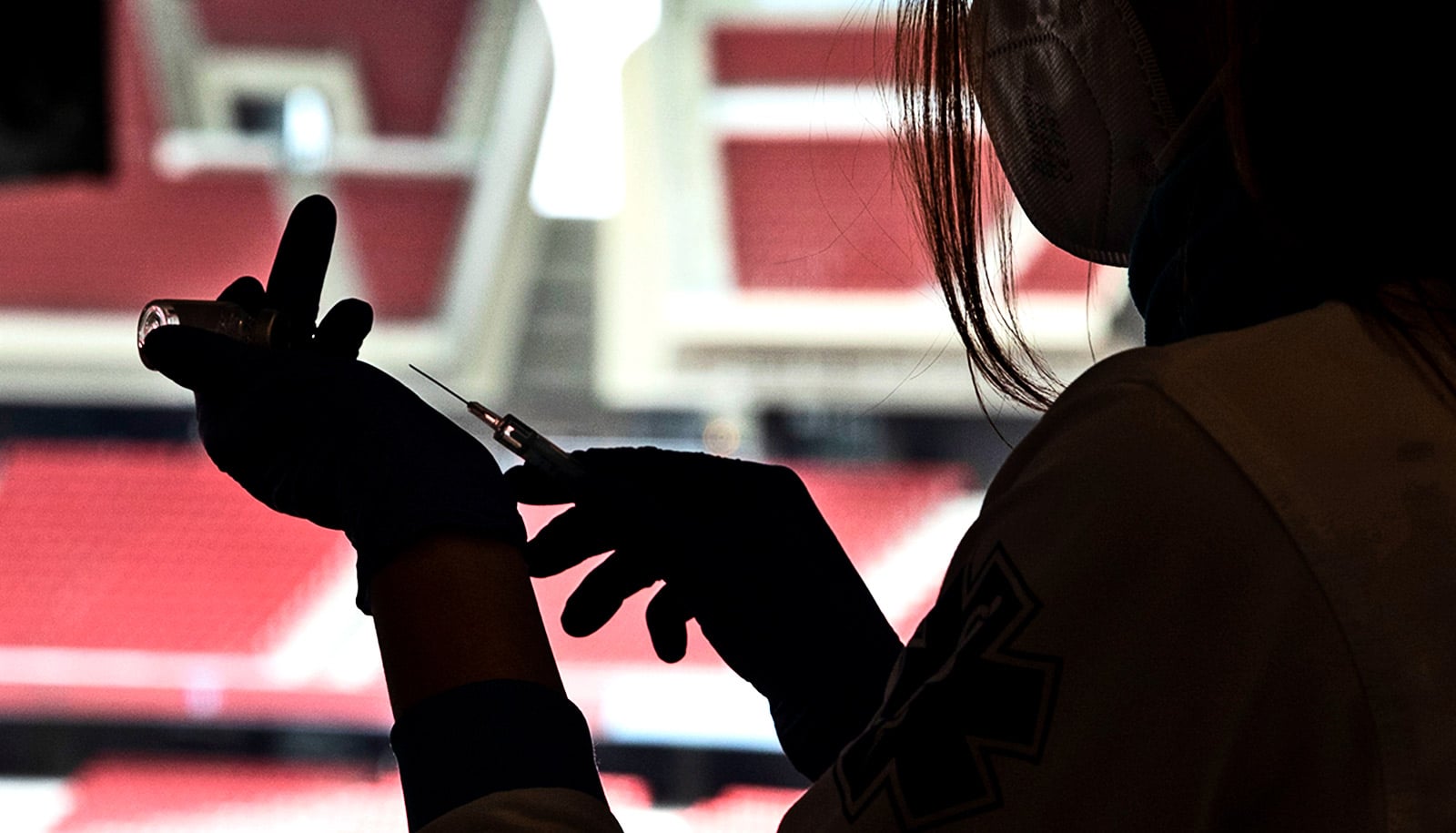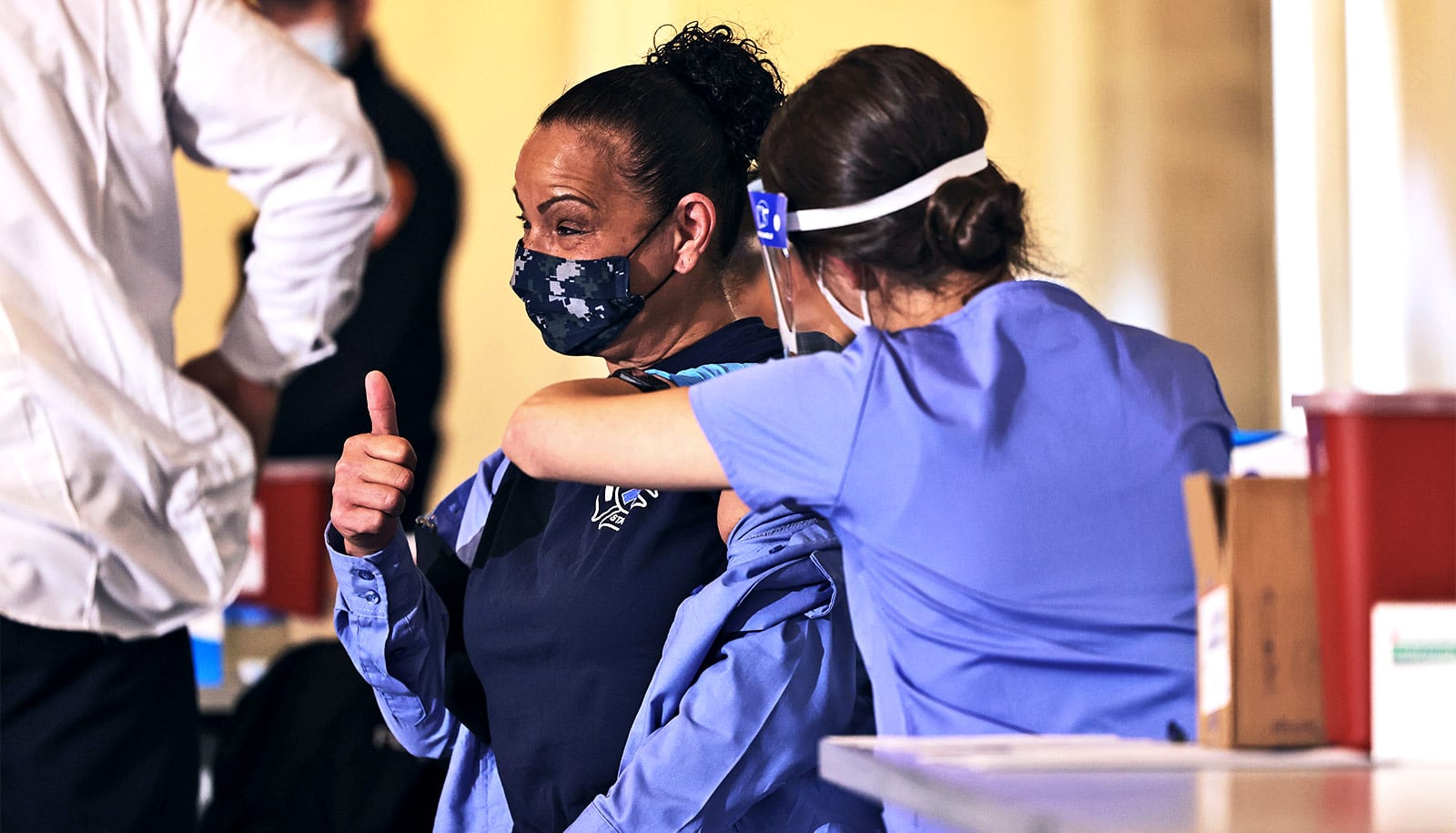The US Food and Drug Administration has issued emergency use authorization for the Johnson & Johnson vaccine, making it the third available in the fight against COVID-19.
Manufactured by Janssen, the pharmaceuticals arm of the J&J brand, the vaccine has been authorized for individuals over the age of 18. In a randomized, placebo-controlled study of the vaccine, the most common side effects were pain at the injection site, headache, fatigue, muscle aches, and nausea.
Here, Joshua Sharfstein, vice dean for public health practice and community engagement, and Andrew Pekosz, professor of molecular microbiology and immunology, both at Johns Hopkins Bloomberg School of Public Health, explains what you should know the vaccine:
1. It’s a different kind of COVID-19 vaccine
The Johnson & Johnson vaccine is a nonreplicating viral vector vaccine, a method with decades of research behind it. This vaccine uses adenovirus, a common cold virus that, when modified, is able to enter cells but can’t make new virus particles.
Researchers add the gene for the coronavirus spike protein—the protein on the surface of SARS-CoV-2—to this modified adenovirus. When injected into a person’s arm, the adenovirus carries this genetic material into human cells and trains the immune system to react against the coronavirus.
2. It’s more durable and requires just one dose
Unlike mRNA vaccines, which must be stored at -20 degrees Celsius (-4 degrees Fahrenheit), adenovirus vaccines can be refrigerated for up to three months at 36–46 degrees Fahrenheit. That means it can be distributed more easily in doctor’s offices, pharmacies, clinics, or anywhere else. This vaccine promotes a robust immune response after just one dose.
3. It’s important to keep this in mind.
The J&J vaccine is 66% effective while the Pfizer and Moderna shots are as high as 95% effective. The J&J vaccine appears to be even more effective against serious illness than it is against moderate COVID-19.
The flu vaccine, which prevents hundreds of thousands of deaths and serious illnesses every year, is about 40–60% effective. When COVID-19 vaccines were being developed, it was hoped that they would be at least 50% effective. Pfizer’s and Moderna’s vaccines vastly exceeded all expectations for a good working vaccine, and the J&J also appears to be quite effective.
Some people may prefer the one-shot regimen of the J&J vaccine, given the high levels of protection against serious illness. This vaccine provides a substantial amount of protection against COVID-19, is safe, and its broad use will hasten the decline in COVID-19 cases. That’s why many public health departments will use it with multiple populations to be vaccinated.
Source: Johns Hopkins University



